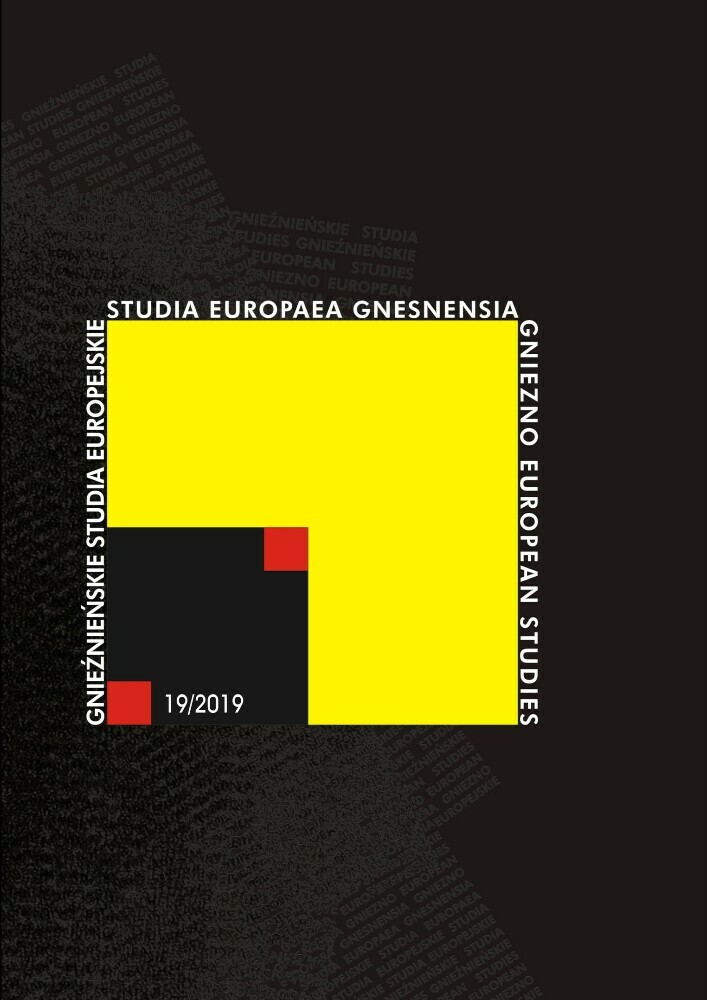Abstract
The essential objective of this paper is to examine the category of archive from the perspective of new media, which transform the model of linear his-torical discourse into a new one, whereby it assumes the form of a database, enabling novel modes of indexing reality
References
Bourriaud N. 2002, Postproduction: Culture as Screenplay: How Art Reprograms the World, New York.
Bourriaud N. 2002, Relational Aesthetics, Dijon.
Celiński P. 2013, Postmedia. Cyfrowy kod i bazy danych, Lublin.
Derrida J. 2006, Archive Fever, [w:] Ch. Merewether (red.), The Archive. Documents of Contemporary Art, London.
Ernst W. 2015, Stirring in the Archive, New York-London.
Foster H. 2004, An Archival Impulse, „October”, 110.
Godfrey M. 2007, Artist as Historian, „October”, 120.
Hölling H.B. 2016a, Sztuka i proces: kontynuacja, względny czas trwania i archiwum Fluxus, [w:] I. Szmelter (red.), Sztuka w procesie/proces w sztuce. Ku nowej filozofii ochrony dziedzictwa kultury, Warszawa.
Hölling H.B. 2016b, The Archiwal Turn: Toward New Ways of Conceptualising Change-able Artworks [online]. Hanna Hölling [dostęp: 2016-12-31]. Dostępny w Internecie:
www.hannahoelling.com/wp-content/uploads/2016/09/The_Archival_Turn.pdf>.
Hölling H.B. 2016c, Lost to Museums? Changing Media, Their Worlds, and Performance, Museum History Journal.
Hölling H.B. 2017, Paik’s Virtual Archive: Time, Change, and Materiality in Media Art, Berkeley.
Kluszczyński R. 2010, Sztuka interaktywna. Od dzieła-instrumentu do interaktywnego spektaklu, Warszawa.
Krajewski P. 2016, Aktywne archiwum sztuki, Mocak. Forum, 1.
Leśniak A. 2011, Gorączka archiwum w sztuce współczesnej. Symptomy choroby i pro-pozycja terapii, Kultura współczesna, 4 (70).
Lovejoy M. 2011, Introduction, [w:] M. Lovejoy, Ch. Paul, V. Vesna (red.), Context Pro-viders: Conditions of Meaning in Media Arts, Chicago.
Manovich L. 2006, Język nowych mediów, Warszawa.
Merewether Ch. 2006, Introduction, [w:] Ch. Merewether (red.), The Archive. Docu-ments of Contemporary Art, Cambridge MA, London.
Nader L. 2019, O czym zapominają archiwa? Pamięć i historie [online]. Z archiwum KwieKulik [dostęp: 2019-03-30]. Dostępny w Internecie: <http://kulikzofia.pl/archiwum/luiza-nader-o-czym-zapominaja-archiwa-pamiec-i-historie-z-archiwum-kwiekulik/>.
O WRO 2018 [online]. WRO Center [dostęp: 2018-12-04]. Dostępny w Internecie: <http://wrocenter.pl/pl/o-wro/>.
Sterling B. 2017b, Digital Decay [online]. Medium [dostęp: 2017-12-04]. Dostępny w In-ternecie: <https://medium.com/@bruces/digital-decay-2001-b0db0ca4be3c>.
Streling B. 2017a, The DEAD MEDIA Project. A Modest Proposal and a Public Appeal [online]. Dead media [dostęp: 2017-12-04]. Dostępny w Internecie: <http://www.deadmedia.org/modest-proposal.html>.
The Art. Od Participation 1950 to now 2008, R. Frieling, B. Groys, R. Atkins, L. Manovich (red.), San Francisco.
Vesna V. 2007, Introduction, [w:] Database Aesthetics. Art in the Age of Information Overflow, V. Vesna (red.), London.
Weinbren G. 2007, Ocean, Database, Recut, [w:] V. Vesna (red.), Database Aesthetics. Art in the Age of Information Overflow, London.
Wysocka E. 2013, Wirtualne ciało sztuki. Ochrona i udostępnianie dzieł audiowizual-nych, Warszawa.
Zawojski P. 2010, Cyberkultura. Syntopia sztuki, nauki i technologii, Warszawa.
Zwroty badawcze w humanistyce konteksty poznawcze, kulturowe i społeczno-instytucjonalne 2010, J. Kowalewski, W. Piasek (red.), Olsztyn.
